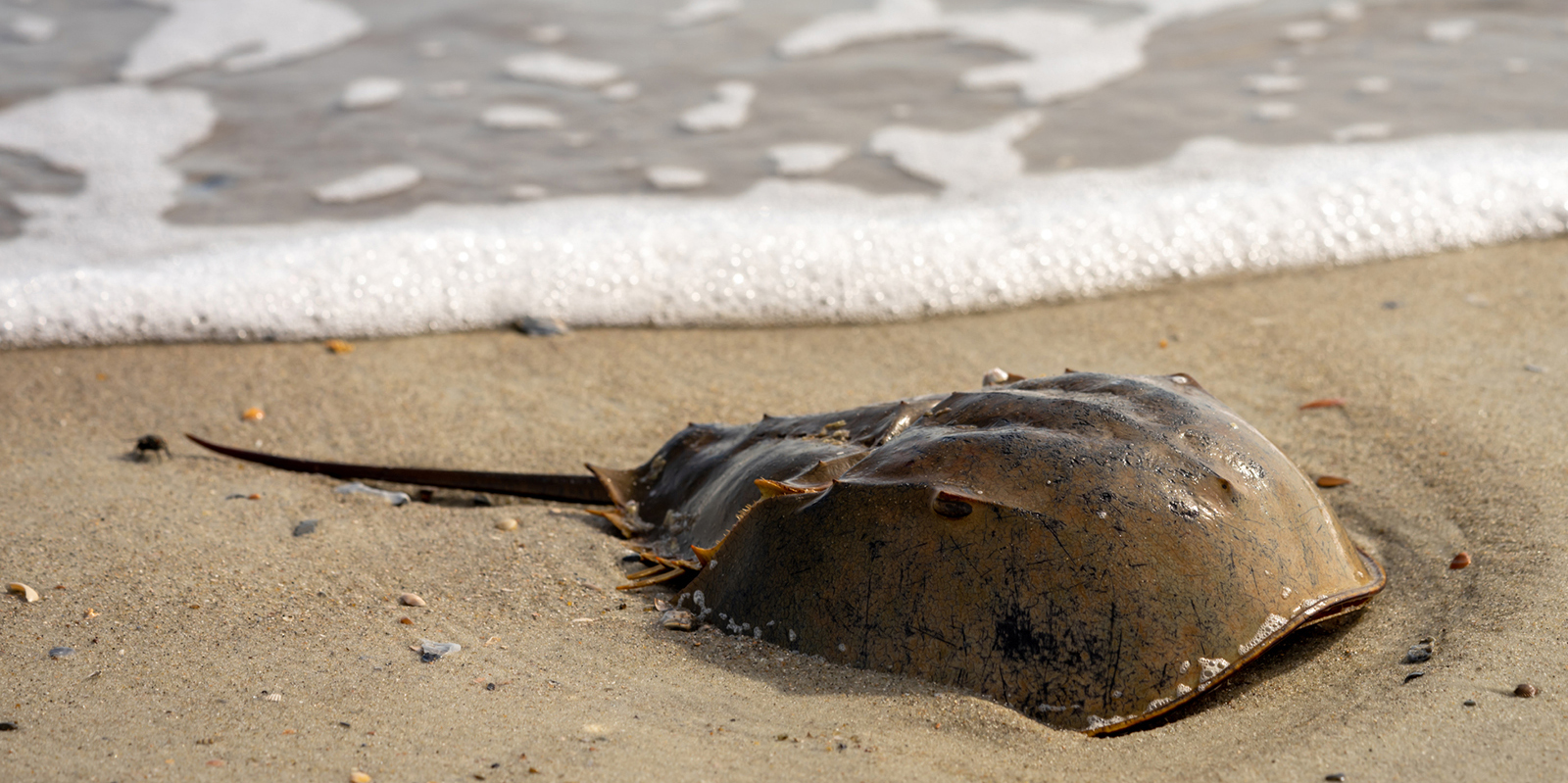Resilient Local Coral May Help Save Tropical Relatives
October 11, 2019
The ongoing decline of tropical coral reefs around the world is causing a domino effect that could impact the quarter of marine life that depends on this ecosystem. Reefs are becoming bleached and dying as warming waters force corals to expel the algae that live in their tissues and produce sugars to provide food for the coral.
A Rhode Island scientist is co-leading a collaborative effort to determine if New England’s only hard coral species — a variety that can survive bleaching — could provide a solution to the coral bleaching problem in the tropics.
Northern star coral is found in the waters along the Rhode Island coastline. Its range extends from the Gulf of Mexico to Cape Cod.
“Some corals in Florida can have hundreds to thousands of individuals in one colony, and they can be 10 to 20 feet high. Here in Rhode Island, most of our coral colonies are about the size of a silver dollar. They don’t get big, mainly because they don’t grow during the winter,” said Koty Sharp, Roger Williams University associate professor of biology, marine biology, and environmental science. “They’re also not super charismatic; they’re not as visually impressive. But under a microscope we see beautiful structures, tentacles, mouths, different colors.”
Sharp believes that the northern star coral’s adaptability to life in both temperate and tropical waters may provide insight into how corals handle the stress of changing environmental conditions, which could ultimately help tropical corals be resilient to the climate crisis.
“Because the northern star coral lives in this large latitudinal range, individuals of the same species experience really different temperature changes and really different environmental shifts throughout the year,” she said. “They’re exposed to different thermal regimes — drastic shifts up here and stable temperature conditions down south. That gives us the flexibility to learn more about how an individual’s history or experience of temperatures and water-quality conditions may influence the physiology of the organism and how that influences its resilience.”
Sharp and colleagues from throughout the species’ range are conducting a variety of experiments to learn about the symbiotic relationship between algae and northern star coral, as well as investigations of its thermal resilience, tolerance for heavy metals, and how it responds to other threats. Sharp’s focus is on the bacteria that live in and on the coral.
“The peculiar thing about this species is that because it goes through winters where water temperatures drop to 2 degrees Celsius, they go through a period of dormancy in winter when they retract into their skeleton and shut up for the winter,” she said. “We don’t know much about what happens during that period of inactivity, but from our bacterial data, it looks like there is very little regulation of the surface microbiome of the coral in winter, and then in spring there is a reorganization of the microbiome.
“We’re focused on finding the processes that happen so they can have this spring awakening. Every New Englander can relate to this; what do we do to regroup and reboot? That’s the key to coral’s resilience to such extreme temperatures and conditions that are unfavorable to most coral species.”
Sharp and a team of Roger Williams University undergraduates are conducting several laboratory experiments designed to identify the factors that influence coral health and its relationship with its algal partners. They are also using DNA sequencing to identify the types of bacteria that live in the corals, culturing those bacteria, and determining what role each plays.
“We’re finding there are bacteria in and on the coral that we think are very important for defense against marine diseases,” Sharp said. “Some are actively inhibiting the growth of potential coral pathogens.”
How the results of Sharp’s research can be transferred to helping tropical corals become resilient to warming temperatures is uncertain.
“We’re hoping to learn more about how corals recover from disturbance, whether a thermal disturbance like a warming event or a winter event up here in New England,” Sharp said. “My lab is interested in what that recovery looks like from a microbial perspective. But it’s not necessarily the goal to apply microbes from New England to tropical reefs. What’s more broadly useful is identifying the mechanisms they use for recovery.
“If bacteria provide the ability to resist or recover from stress, then what’s the biochemistry of that success? It may be as simple as the production of certain chemicals that kill other pathogens. It may be that there are certain compounds the bacteria make in the springtime that support the growth of the coral host. We just don’t know a lot about the functional significance of associated bacteria, but we’re excited to learn more about the partnership and how it can be translated to corals in the tropics.”
Sharp is pleased with each of the small successes she and her students are achieving, like their recent ability to spawn corals in the lab and create the conditions the larval corals need to settle on a rock and start to grow. This will enable her to grow multiple generations of larval corals that her colleagues around the country can use in their own studies.
“It’s a New England coral that we can learn a lot from about coastal ecosystems in New England, but we also want to translate our findings to the tropics in new and powerful ways,” she said. “We need all the information we can get.”
Rhode Island resident and author Todd McLeish runs a wildlife blog.



